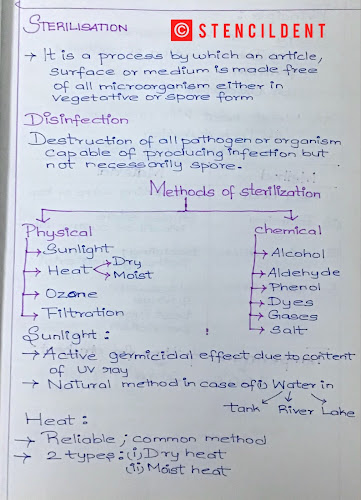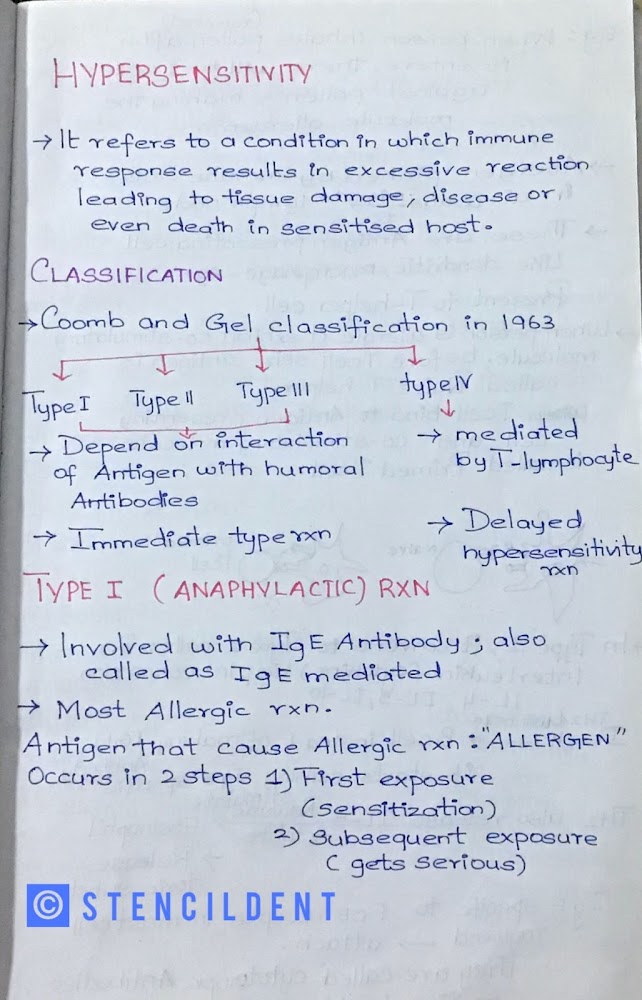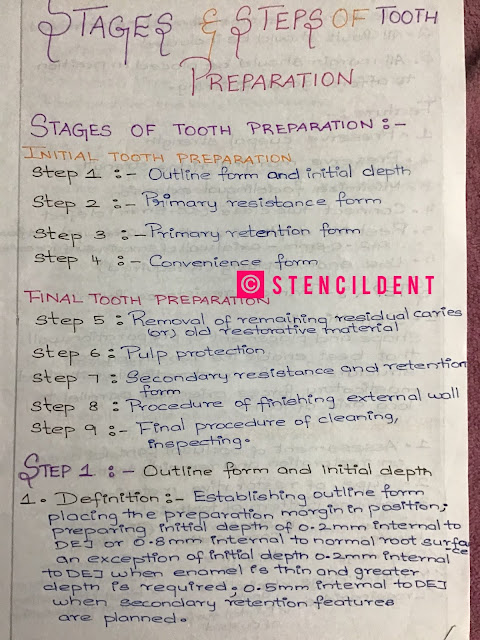Breaking The Block: A deep Dive Into Salivary Gland Stones
SIALOLITHIASIS /SALIVARY CALCULI /SALIVARY STONE
- Calcified structure that develop within salivary ductal system
- Arise :deposition of calcium salt around a nidus within the duct
- Debris :Bacteria +Epithelial cells + Mucous +foreign body
- Not related to any system derangement in calcium, phosphate metabolism
COMPOSITION:
- Hydroxyapatite crystal
- Calcium
- Phosphorous
- Magnesium
- Potassium chloride
- Ammonium
ETIOLOGY:
- Exact -unknown
CLINICAL FETAURE:
- AGE: No gender predilection
- Site: Submandibular salivary gland duct ,parotid, minor salivary gland
CLINICAL PRESENTATION:
- Acute painful ,intermediate swelling of affected gland especially at meal time
- Pain-size, degree of obstruction ,amount of resultant back pressure produced within the gland
- While eating -increased salivary flow -stone blockage causes pooling of saliva within the duct and gland
- Salivary gland encapsulated allows only little expansion this enlargement result in pain
- Size:2mm to submandibular salivary gland
Why is it seen in submandibular gland more commonly?
- Submandibular excretory gland duct is wider in diameter ,longer than Stenson duct
- Salivary flow in submandibular gland is against gravity
- Submandibular gland salivary secretion is more alkaline compared with pH of parotid gland
- Submandibular gland saliva contain increased quantity of mucin protein where as parotid saliva is entirely serous
- Calcium ,phosphate content in submandibular gland saliva is greater than in other gland
INVESTIGATION;
- Occlusal radiograph
- Radiograph mass (3mm in diameter )
- If parotid gland involved then puffed cheek view in PA view to be taken
COMPLICATION:
- Xerostomia
- Sialadenitis
TREATMENT:
- Small-stimulate salivary flow ,milking of gland towards ductal orifices'
- Gentle message
- Pilocarpine
- Larger: surgical
- lithotripsy
- Sialoendocsopy

.jpg)
.jpg)

.jpg)
.jpg)



Comments
Post a Comment